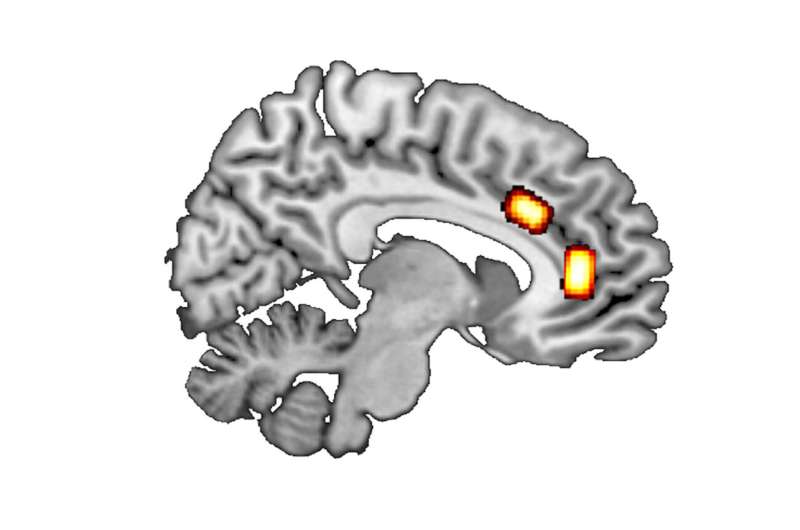How messenger substances influence individual decision-making

Studies indicate that different parts of the brain are responsible for different types of decisions. A research team led by Luca Franziska Kaiser and Prof. Dr. Gerhard Jocham from the HHU working group “Biological Psychology of Decision Making,” and Dr. Theo Gruendler together with colleagues in Magdeburg analyzed the balance of the messenger substances GABA and glutamate in two forms of decision-making. The background to the research was to find out how different concentrations of these substances influence the person making the decision.
On the one hand, the researchers looked at reward-based decisions, which involve maximizing reward by selecting the better of two current options. Luca Kaiser gives a simple example: “Where do I buy coffee on my way to work, depending on the price, quality and whether or not the cafe is on my way?” Previous results suggest that such decision-making processes in the brain are mainly processed in the ventromedial prefrontal cortex (vmPFC).
Patch-leaving decisions are about long-term, strategic issues that include an extensive balancing of cost against gain. An example of such a decision would be whether to move from Düsseldorf to Munich for a job offer. Prof. Jocham explains: “The job in Munich may offer a higher salary and a more interesting role, but may also involve stress and the effort involved in finding a place to live and moving to Munich as well as higher rents and the loss of social contacts in Düsseldorf.” So there are many factors that influence this type of decision. According to the literature, such decisions are made in the brain’s dorsal anterior cingulate cortex, or dACC for short.
The two messenger substances glutamate and GABA play a key role, and the ratio between the two determines the E/I balance between excitatory and inhibitory transmission activity. The researchers used magnetic resonance spectroscopy to measure the concentrations of GABA and glutamate in different cortical areas of different subjects.
The team then used the data to correlate the ratio of the two messenger substances with the individual decision-making behavior of the subjects. In the patch-leaving scenario, subjects with a higher ratio of GABA to glutamate in dACC were quicker to leave a depleting resource. By contrast, people with higher concentrations of glutamate needed a greater quality improvement before deciding to leave their current patch.
In the other scenario, subjects with higher concentrations of GABA relative to glutamate in vmPFC exhibited significantly increased decision accuracy. They were more reliable at selecting the higher-value option.
Luca Kaiser says: “Our results show a correlation between decision-making behavior and the balance of two messenger substances in the brain. People with a higher ratio of excitation to inhibition in dACC need more of an incentive to move away from their status quo. By contrast, people with more GABA in vmPFC exhibit greater accuracy for short-term decisions.”
Source: Read Full Article



